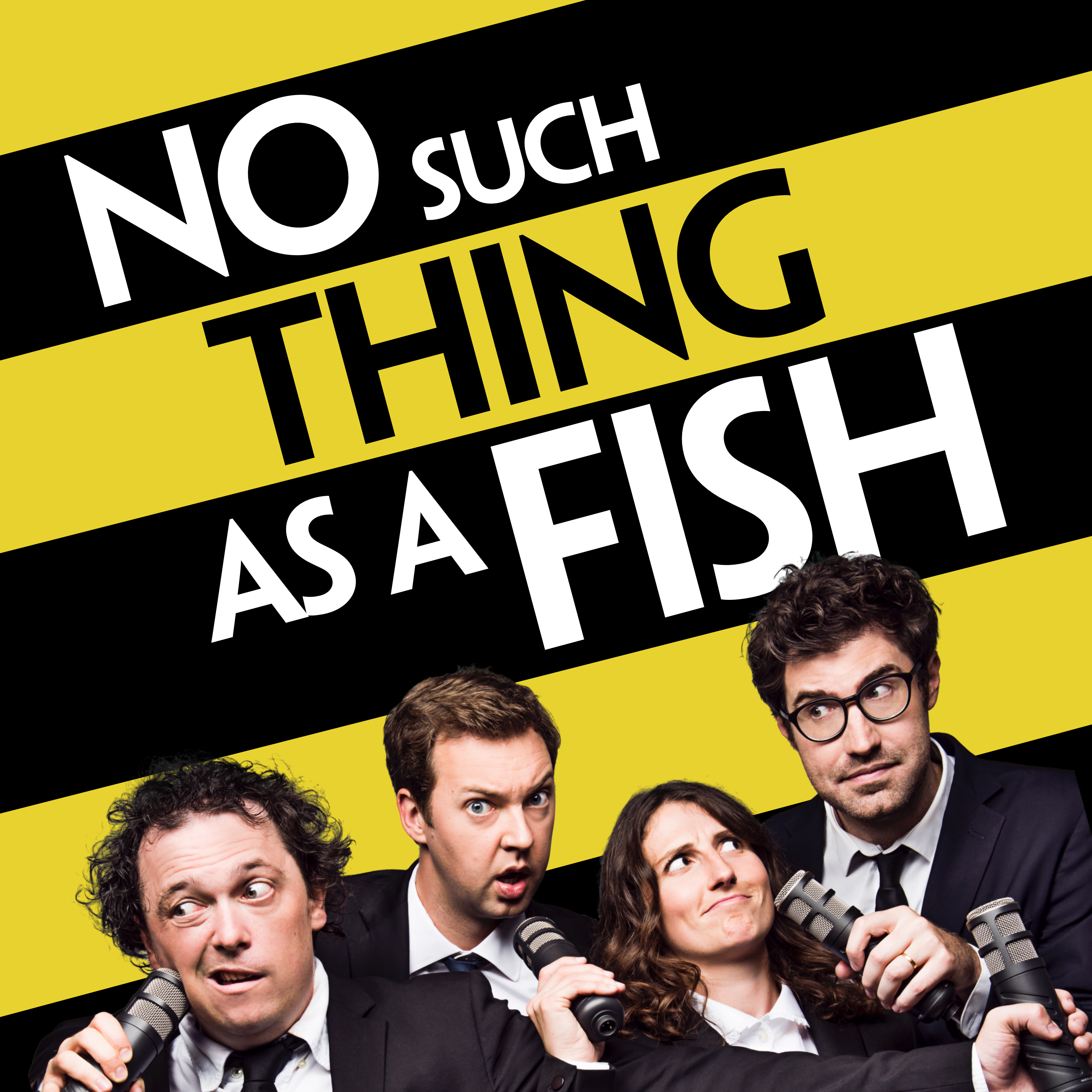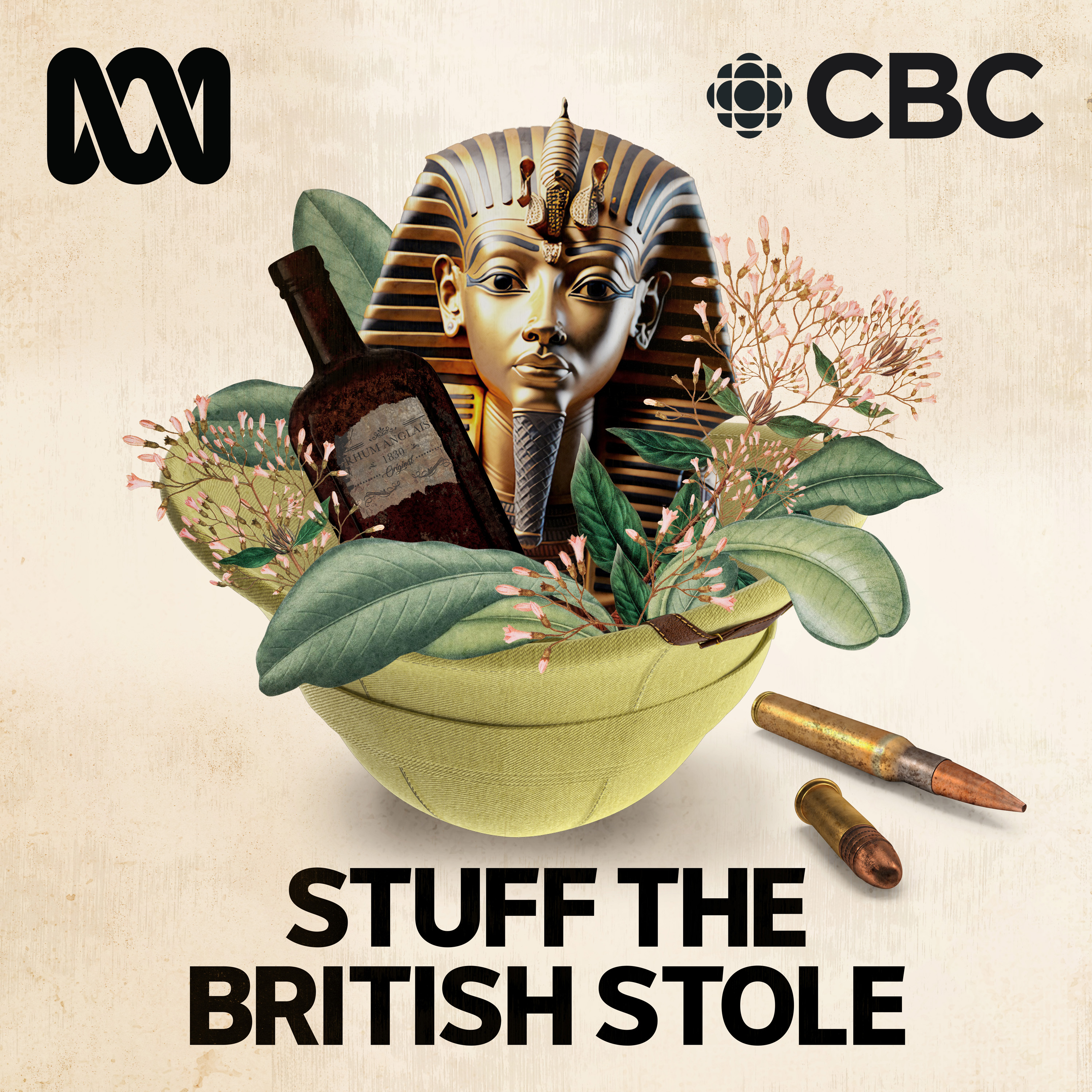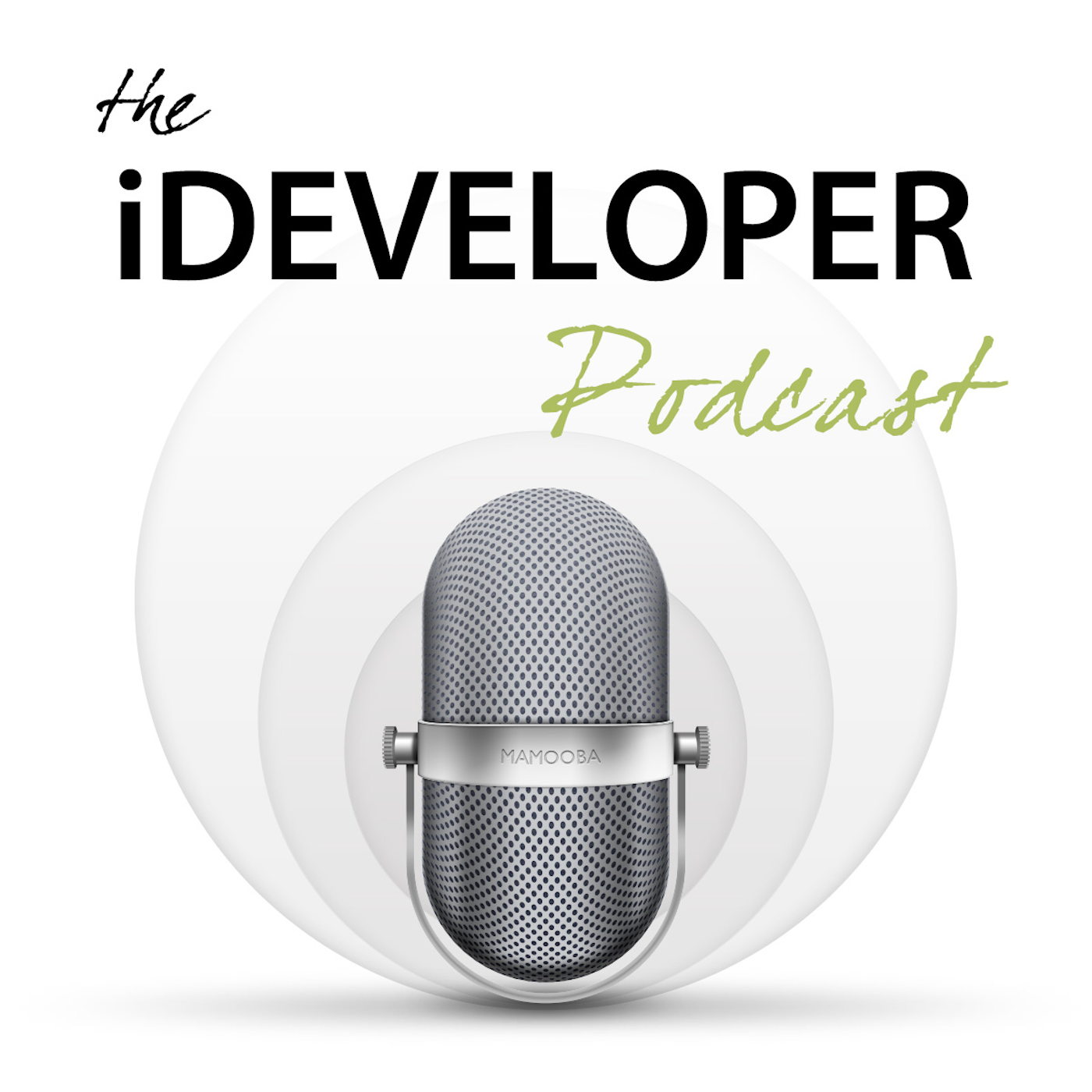
Piano, finally
Piano Finally is a podcast by an old bloke who is learning the piano, finally. I cover the process of learning the piano and music theory as an adult learner. I also review piano books, hardware and other materials from an adult learner's perspective.
Piano, finally
Episode 68 - It Takes Time
Episode 68 – It Takes Time
G’day, everyone—and welcome back to Piano, Finally, the podcast from an old bloke who’s learning the piano, finally. This week’s episode comes to you from Queensland, recorded on portable Rode gear via an iPhone and edited in Cubase on a MacBook Pro. It’s also a rehearsal for the upcoming Out West Piano Fest, where I’ll be recording on location.
🎧 YouTube Feature – 19th International Chopin Competition
The 19th International Chopin Competition
has begun, with every performance livestreamed and archived on YouTube. If you missed the opening concert, you can still watch it here
. The broadcast quality is excellent, with multiple cameras and pristine sound. Performers included Bruce Liu (Saint-Saëns’ Piano Concerto No. 5), Yulianna Avdeeva and Garrick Ohlsson (Poulenc’s Concerto for Two Pianos), and Dang Thai Son joining them for Bach’s Concerto for Four Harpsichords. Expect world-class playing and superb production.
📝 Essay – It Takes Time
Swimming, like practising piano, takes patience. Around lap six, it always feels impossible—but by the end, the distance is done. Piano practice is the same. Each new piece starts excitingly, then slows into frustration before progress reappears. Preparing my four recital pieces—Spindler’s Canon, Türk’s Bagatelle in F, and Craggs’ Afternoon Snooze and Blackout Blues—proved that persistence works. It took about ten months to get them performance-ready. Each time I reach “lap six,” I remind myself: I’ve finished before, I’ll finish again.
🎛 Review – Haptik (Apple Watch Metronome)
If you’ve ever seen the Soundbrenner Pulse
, you’ll understand the appeal of haptic metronomes. Haptik offers a similar experience for Apple Watch users—and at AU$14.99 lifetime or AU$7.99 a year, it’s far cheaper. Available via haptik.watch
, it syncs with iPhone tempo changes and even lets you record while you practise. Battery usage is minimal (around 2% per half-hour), and it’s easy to access from your watch face. Ideal for silent tempo guidance during practice sessions.
🎹 Progress
This week’s practice piece: Wynn-Anne Rossi’s A Wild Chase. Travelling and family life made practice tricky, but things are still moving forward—helped by the Roland FP-30X and Pianoteq 8 emulating the Shigeru Kawai SK-EX.
The contents of this podcast were entirely generated by a human. These show notes, however, were created by ChatGPT.
You can contact me:
- via email at david@pianofinally.show; this is probably the best option
- the show website, www.pianofinally.show
- Instagram and Threads @pianofinally
- and on YouTube
- all the podcast directories - list
- here's the RSS feed
Some of the links to books and other items mentioned in the podcast may affiliate links for Amazon or other providers. If you use one of these links, a commission may be paid to me at no additional cost to you. Thank you if you use a link.
All reviews of products, websites and services are unpaid, and no sponsorship has been received for any content on this podcast.
G'day everyone, I'm David Reidy. Welcome to Piano, Finally, a podcast by an old bloke who's getting around to learning the piano. Finally. Welcome to show number 68. Thank you very much for listening. If this is the first time you're hearing the podcast, I hope you enjoy what's in the show. If you're back for another episode, then thanks for returning. If you too are learning a musical instrument, let me know how you're going with it. You can contact me at david at pianofinally.show If you listened carefully to last week's episode, you would have got an unintentional behind-the-scenes look at how the show gets put together. I record each part of the podcast separately and then edit them before combining them into Cubase into the whole show. Somehow, last week, I included one of the audio files in the unedited version, so you got to hear the errors and repeats. Luckily, I've been around microphones long enough to know that you should always treat them as live, so there was nothing untoward in the recording. This week's show may sound a little different. I'm in Queensland rather than at home, so I'm recording with my portable equipment. That's all still road equipment, but recording directly into Cubase on my MacBook Pro, and that's without all the handy shortcuts I have on the Mac Mini. I'm using this as a bit of a practice for recording at the Out West Piano Fest in a few weeks. I had been wondering what content I would include in this week's show, and then an email popped up reminding me that the 19th International Chopin Competition was starting and being live-streamed. As a result, as I'm writing this, I'm watching the opening concert of the competition. You can't get tickets to the event now. Apparently, they sold out almost instantly. And the performances are inconveniently located in Warsaw. Inconveniently, at least, if you're living in Australia. Fortunately, every performance will be live-streamed and archived on YouTube. A link to the Chopin Institute's YouTube channel is included in the show notes. There is already a lot of material on the channel for this year's competition, including short pieces on each of the competitors. The competition runs for three weeks, and I'll include updates in the podcast as the performances progress. The opening concert didn't involve Chopin's music, except for an orchestral arrangement that was used for the first piece. As audiences will get three weeks of uninterrupted Chopin, The opening concert features piano music from other composers, performed by four past winners of the competition. The orchestra is the Warsaw Philharmonic Orchestra, conducted by Andres Borieko. First up was 2021 winner Bruce Liu, playing Saint-Saëns' Fifth Piano Concerto. The piano being used is a Fatsioli 308, and, as you would expect, the performance is excellent. Following the break, one of the downsides of watching a live stream is that you have to sit through the intermission. Juliana Endeva, the winner in 2010, and Garrick Olsen, the winner in 1970, combined to play Poulong's Concerto for Two Pianos and Orchestra in D minor. There was also a piano change. The Faziole was replaced by a Steinway Model D and a Shiguro Kawai. Having listened to countless hours of Garrick Olsen talking about Chopin on Ben Lordy's podcast, it was nice to see him performing, and although Polonk is not one of my favourite composers, the music was really interesting and something I had not heard before. The piece was followed by another break, and when the stream returned, there were four pianos on stage and the orchestra had been considerably reduced in size. There were now four different piano manufacturers represented, Fazzioli, Steinway, Kawai and Yamaha. I wonder if there was an argument about who would play which instrument. Also joining the ensemble was Dung Tai Song, winner of the competition in 1980. The piece these four previous competition winners played was J.S. Bach's Concerto for Four Harpsichords and Orchestra in A minor. Again, it was a piece I hadn't heard, and it is really worth listening to it if you get the chance. If this first concert is anything to go by, the rest of the competition is going to be worth watching. The camera positioning and the quality of the sound are both excellent. I imagine the technical challenges of positioning cameras and microphones for four pianists, a conductor and orchestra members are quite complex, but the broadcast was world class. All the announcements are made twice, once in Polish and then again in English, so there is no problem following along. I'm not sure that anyone is going to sit down and watch every streamed minute of the competition, but the amount of material is certainly going to be enough to satisfy any Chopin aficionados want for performances. I'll include an update of the competition's progress in the show over the next few weeks. It takes time. My usual exercise is swimming. I swim each morning on the way to work and most afternoons on the way home. It takes about a half an hour and at the moment I'm swimming in a 25 metre pool so it's 44 laps. which isn't really quick, but I don't have to swim in the slow lanes. It's a good way to start the day, and it certainly means that I've fully woken up by the time I get to work. Swimming pools are pretty boring when you're just going back and forth, so you get a bit of time to think. And of course, phones don't work, so it's an electronics free time. I've noticed something most times I start swimming. After about six laps, I start thinking that I will never get to 44 laps, and I'll stop sooner if I need to. I keep swimming, and always get to the half hour mark. All the laps are behind me, then my watch taps to let me know I've reached my goal. So what has this got to do with practising the piano? I think I go through a very similar set of feelings when I add a new piece to my repertoire. I like picking new pieces. Generally, I will have heard them, either online or Devi will play them. I get started learning the new piece, and it's really interesting working through the score the first time. It doesn't sound good, and often I have to switch to just one hand and then the other, but I enjoy the process. Then the real practice starts, and it begins to feel like lap six of the swimming. I'm almost convinced that I will never get a successful conclusion, and they'll have to abandon the endeavour halfway through. So far, those feelings have been wrong, and nearly every piece I've made a serious effort to learn has been completed. I have one under active practice at the moment, and one on hold. I keep swimming each morning, because I know I'll get to 30 minutes. I've done it before, and I'll do it again. And I keep going with each piece, because I know I will get there eventually. Knowing that I'll manage the swimming is easy. I gradually built up to swimming a kilometre each time, and that turned out to be about 30 minutes. I've switched to swimming 30 minutes, as it means I can stop keeping track of the number of laps. I've been doing that for over a year now. The piano practice was less of a sure thing until recently. As you know, my focus for the past two months has been getting four pieces ready for the piano recital. I remember starting each piece, and each of them seeming almost impossible at the time. The pieces I had been playing up to that point were fairly simple. The Dennis Agay book was a really good starting point, but the music wasn't very complicated. The pieces from the Ansker books were a bit more challenging. The simplest of the four pieces, Fritz Spindler's Canon, proved difficult with two hands. Here are some examples of trying to include the piece in the podcast for the first time. That was on the 27th of October last year. the piece now seems very simple so much so that I tend to use it on anything just to make sure that it is working and it now sounds like this There were plenty of times while I was learning the piece where I would get disappointed at the slow pace of progress and be fairly certain that I would never get to a standard that was ready to play for others. But I kept going, and it was part of my regular practice routine, and I had decided that I was going to keep practicing. Over time, the cannon and the other three that made up the quartet all got noticeably better. In most cases, the week-to-week progress was not spectacular, But it was there, and having weekly recordings was proof that I was indeed getting somewhere. The pieces got to almost finished, the equivalent of getting to lap 40, but they still needed the push to get that final polish. And then I finally got to the end. In this case, it was a week before the recital, where an extra burst of practice got the pieces to where I was confident that I could perform them. In the case of the Canon, Bagatelle and the two other pieces, it took about 10 months. At the moment, that still seems a long time to me, but it seems consistent with the standards set by the exam boards. If you assume that they set their systems so that one level of improvement matches one year of playing, then you can see how much they expect a student to advance. Currently, the exams from ABRSM, AMEB and ANSCA all consist of either four pieces or three pieces and exercises, at least at the lower levels. Therefore, four pieces to performance standard in a year seems to be expected. So, I've proved to myself that I can get a piece from paper to performance. It might take a while, a lot longer than swimming 44 laps, but if I can do it once, I can do it again. All it takes is time. You may have seen the Soundbrenner Pulse or Core 2 devices that you can use as a metronome. You set the tempo and, among other things, it will tap you on the wrist at whatever tempo you set. This clearly has the advantage over a conventional metronome in that it is silent. so there's no problem using it during a performance if you want to. I'll include a link in the show notes if you're interested. They've been widely promoted on Facebook and Instagram and probably in other places too. The two models of the Soundbrenner metronome cost $187 and $340 Australian dollars depending on the features. The downside I see to using a Soundbrenner Pulse or Core 2 is that I already wear a watch and using a Core 2 means taking that watch off and putting the Core 2 on. Yes, I could wear it on my other wrist, but I'm not used to wearing a watch there and it feels strange. This week though, I found the application Haptik on the Apple App Store. It serves a similar purpose if you already have an Apple Watch. If you do already have a watch, then this is a much cheaper solution. The app is $14.99 for a lifetime license or $7.99 for a year. If you don't already have an Apple Watch, then even the SoundBrenner Core 2 is a cheaper option. As Haptik is an Apple Watch app, you still need an iPhone to get it installed onto the watch. On the phone, the app does the same thing. You can adjust tempo by swiping on the screen and it allows tempi from 10 to 300 beats per minute. On the watch, swiping also works for adjusting tempo, but so does rotating the crown, which I found to be more reliable. Adjusting the tempo on either the phone or the watch adjusts it on the other device too. While running, both the phone and the watch will show a pattern that changes in time with the beat, as well as vibrating. Yes, the phone can be made to vibrate too, so you could just put it in your pocket and still keep time. The application has a complication that you can include as part of the watch face, so accessing the app can be as simple as a single tap on the watch screen, making it by far the simplest to start of all the metronomes I have. I have an Apple Watch Ultra 3 with a band that holds it fairly firmly against my wrist, so I have no trouble feeling the taps. If you wear your watch less tightly, then it may be a problem. However, when playing a keyboard, your watch would be sitting on the back of your wrist in any case. Because of the restrictions Apple places on watch software, one of the ways to keep the software active and not have it go into standby mode is to use the microphone. This is the trick that haptic uses, but it also means you can use the app to record your playing. It's a nice add-on and recording your practice is a good habit to get into. This does, however, mean that your watch will stay fully active as it does during a workout and so it will be using more power. To test the effect of the app on battery life, I set it to tap at 60 beats per minute for 30 minutes. Over the half hour, my watch went from 96% battery to 94%, so the effect on the battery life doesn't seem to be too great. This is on a new Apple Watch Opta 3, which has the best battery life of any of Apple's watches, so the impact is likely to be greater on the Series or SE watches, especially if they're a few years old. I did notice that after about 10 minutes the app paused, but that could have been due to other watch activity. Until I get a bit more experience with it, I would be happy to use the haptic while I am practising, but I'm not sure I would rely on it during a performance. If you've been wanting to try a haptic metronome system, then haptic is a good way to give it a try if you already have an Apple Watch. There is a three-day free trial that comes with a yearly subscription, so you can try it out and decide if it's right for you. Over the next week, I'm going to try to line up some interviews at the Out West Piano Fest. I'm going to ask the organisers to see if I can talk with some of the musicians and also to the people running the weekend. I'm sure that there are a lot of fascinating details about how a festival like that comes together. My current plan is to not put out an episode over that weekend. I'm hoping to be far too busy getting interviews. Fingers crossed. If you'd like to contact me, email is the best way. You'll find me at david at pianofinally.show and the website at www.pianofinally.show. In both cases, Piano, Finally is all one word. The show is also on Spotify and available as audio only on YouTube. You can subscribe via any popular iOS or Android podcast application, or from directories such as Apple Podcasts, Spotify or YouTube. I also post an excerpt and link for each episode as an Instagram Reel. If you're learning a musical instrument, let me know where you are in your journey. What's going well? How do you fit your practice in? What are the challenges you're finding? How are you managing your time? So, until next week, I hope your piano stays in tune and you enjoy your time at the keys. Once again this week, the piece is Win Anne Rossi's A Wild Chase. I didn't get as much practice in this week as I normally do. I lost two days travelling to Queensland and it was difficult to fit practice in with all the kids about, especially with Ace deciding to accompany me. Add to that the fact that I'm using the Roland FP-30X and the piece is getting better, but not quite as quickly as I'd like. The music in this section and all the other examples in this episode were recorded using the Roland FP-30X as the keyboard and the M4 Max MacBook Pro running Cubase and Pianotech 8 emulating the Shigeru Kawai SK-EX Grand Piano in classical recording mode. Thank you. Thank you.
Podcasts we love
Check out these other fine podcasts recommended by us, not an algorithm.

Connected
Relay
Upgrade
Relay
No Such Thing As A Fish
No Such Thing As A Fish
We Can Be Weirdos
Global
Stuff The British Stole
ABC and CBC
The iDeveloper Podcast
Steve Scott (Scotty) & John FoxRaven On: A Pop Culture Podcast
Natalie Bochenski & Stuart Layt
Smart Enough to Know Better
Dan Beeston & Greg Wah
TopMusic Piano Podcast
Tim Topham
The Chopin Podcast
Garrick Ohlsson and Ben Laude



